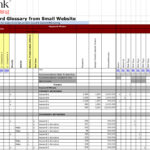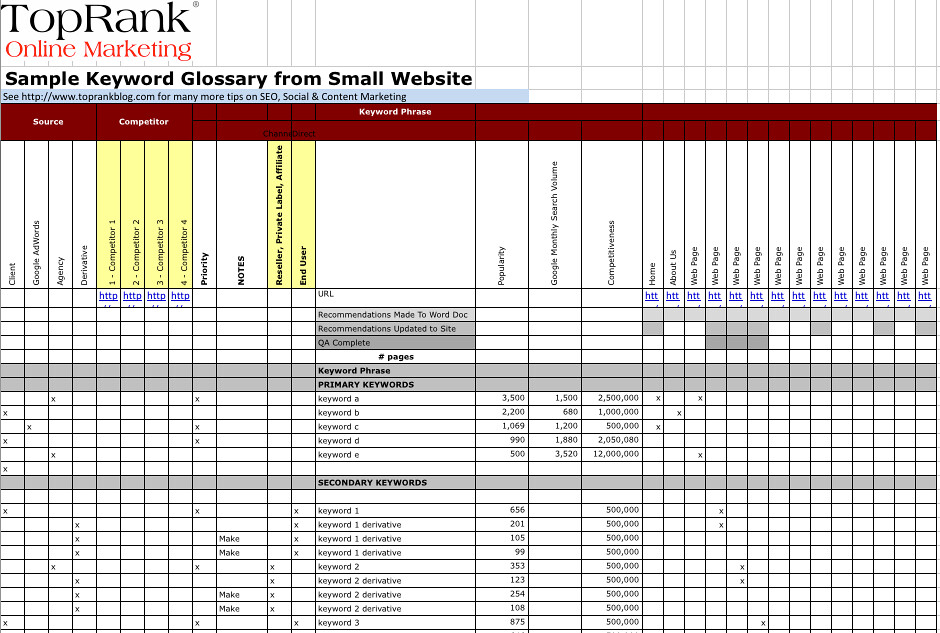In web development and Search Engine Optimization (SEO), H1 tags are pivotal in organizing content and synthesizing visibility. These tags are part of (HyperText Markup Language) HTML as it serves as a heading that indicates the primary focus of the webpage. Their roles, best practices, and influence on SEO can provide value for website owners and developers in improving user experience and search rankings. Luckily you can use seo automation to do this for you.
What is an H1 Tag?
In terms of hierarchy, an H1 tag indicates the main conversation of a webpage, hence the highest level of heading in HTML. This is done through the use of <h1> tags` which scales in bold style to grab attention. In webpages, headings are subdivided into multiple categories which range from H1 being the most important to last, H6. The topic of this headings should always be the prominent subject of the page so that users and search engines can comprehend the information with no hassles.
H1 tag in HTML can be expressed as shown below:
html
Copy
Edit
Clearly displaying indeed indicates that the page focuses on the advantages of a nutritious diet.
The Importance Of H1 Tags In SEO
SEO practices and optimization improve when H1 tags are implemented. Search engines like Google analyze H1 tags when considering the relevance of a webpage’s content.
Allows Easy Summarization: Write an H1 tag that summarizes the page succinctly, this will help users better understand the topic and improve page visits.
Better Search Engine Results: Properly structured and placed strong H1 tags with key phrases make a webpage to be more prominent in results pages.
Improved User Experience: Screens display the H1 tag caption aiding users with navigational ease throughout the webpage.
Improved Accessibility: Tags make it easy for scren readers assist visually impaired users understand the content of the page.
H1 SEO Best Guidelines
Make the most use of tags by following the set guidelines below –
No More than One H1 Tag Accessible Per Page: This is to ensure a coherent structure, views navigates, and access information easily.
Detailed And Straight To The Point: Makes sure the tag sums the main issue of the page clearly, and is captivating.
Integrate Keywords In the Most Relevant Way: Adding the correct keywords into the H1 can help improve SEO, however keyword stuffing should be avoided.
Correctly Format the H1 Tag: The H1 tag should be formatted correctly as it needs to be visually distinguishable and coded to enhance readability and SEO.
Preserve the Order of the Content Headings: To improve user and web-crawler navigation, add subheadings, etc., to improve search engine friendliness. Users and web crawlers are shown the primary idea or focus of a web page through H1 tags. Combining a singular, descriptive, keyword rich H1 tag, improves the structure, usability and SEO of the website. In our new era, correct spacing of headings makes the document readable while help users and businesses discover content easily.










